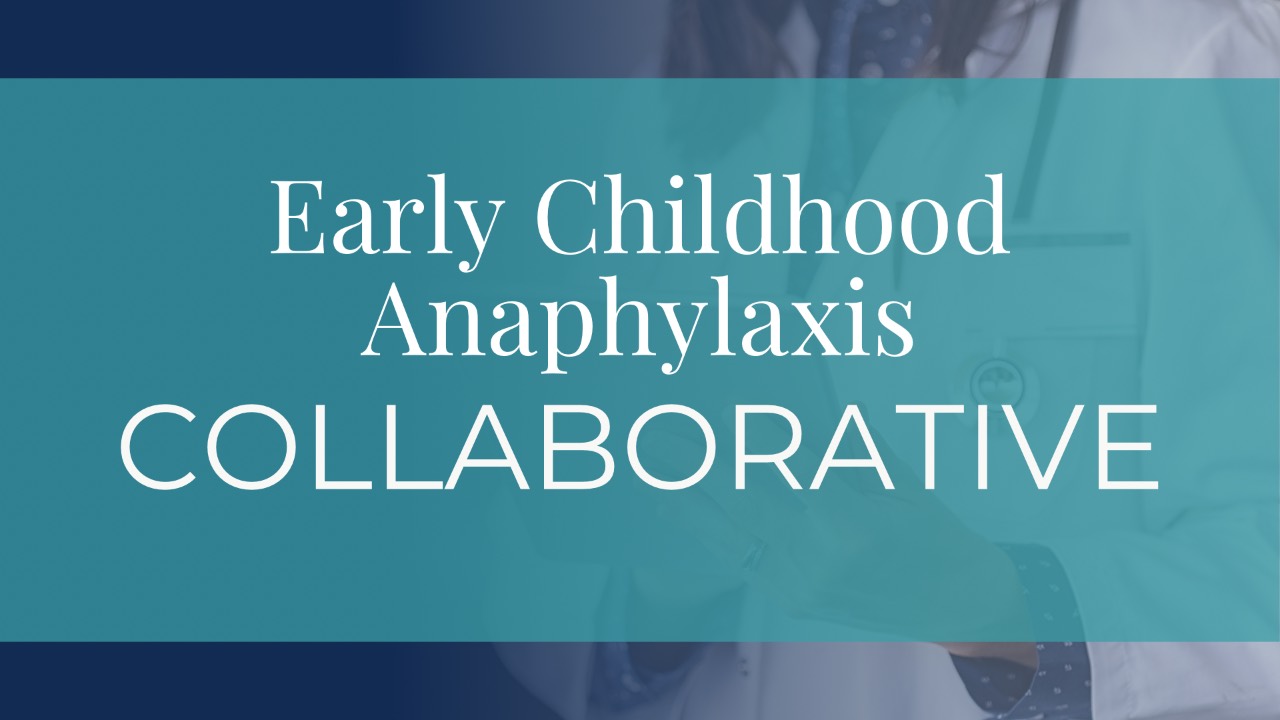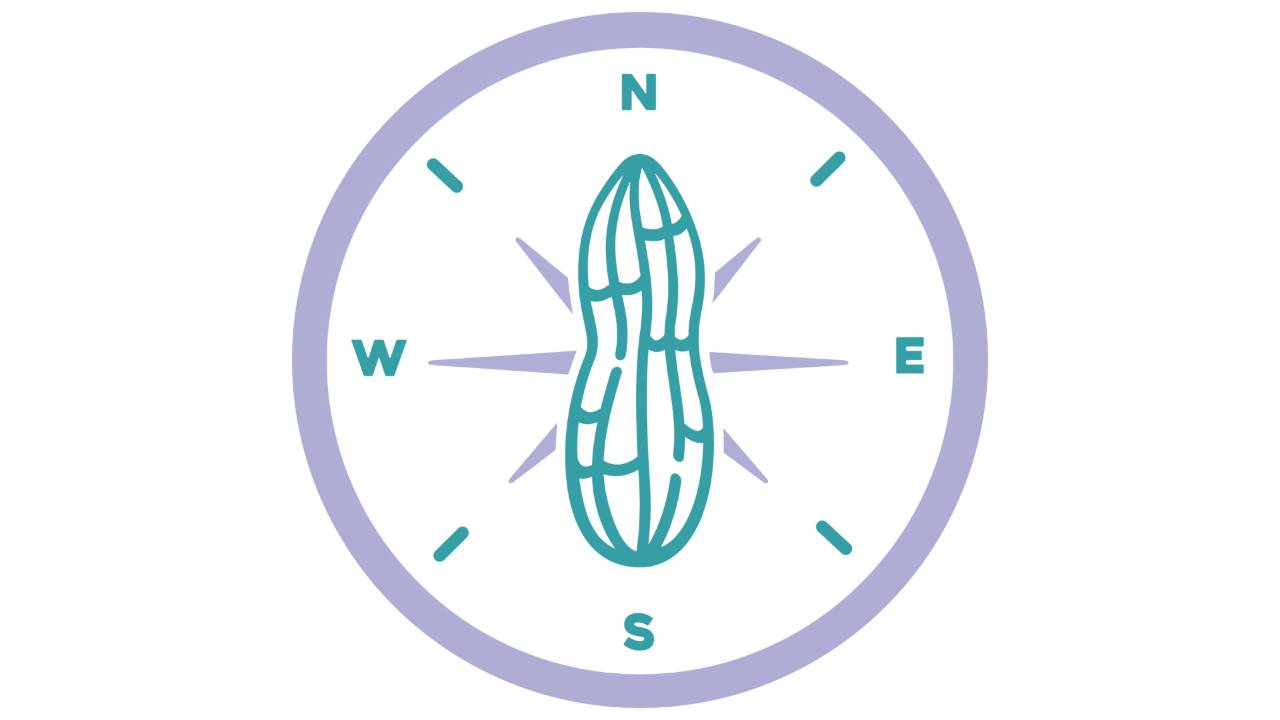FPIES = Food Protein-Induced Enterocolitis Syndrome
Is FPIES the food allergy diagnosis that you are missing?
Food Allergy Friday 12.27.2024
Expert Updates for Pediatric Healthcare Providers
🧭 Your weekly compass in the evolving landscape of pediatric food allergies
This Week's Featured Article
Title: "Food protein-induced enterocolitis syndrome (FPIES): Beyond the guidelines"
Authors: Sohini Shah MD, Rebecca Grohman DO, Anna Nowak-Wegrzyn MD PhD
Journal and Year: Journal of Food Allergy 2023
⚡️ Key Points in <30 Seconds
-
FPIES = Food Protein-Induced Enterocolitis Syndrome
- FPIES is NOT an IgE-mediated food allergy, but it can be severe and can warrant emergency department care
-
FPIES phenotypes include Acute FPIES, Chronic FPIES, Atypical FPIES, and Adult FPIES
👉 Why This Article Matters for Your Practice
FPIES may be more common than we recognize. It's hard to say if that's because FPIES is actually occurring more often or if only the awareness of FPIES is increasing.
In your practice, you may have a mom call describing her baby who just tried oatmeal for the second time and woke up from her nap three hours later with profuse vomiting. Of course, you'll consider other diagnoses on your differential - like a GI bug, especially if an older sibling recently had such - but you want to include FPIES in your differential diagnosis anytime a parent describes vomiting that occurs 1-4 hours after ingesting a food, even if that food has previously been tolerated.
Providing parents a clear diagnosis can help those families continue to introduce foods that are likely quite safe for their babies while temporarily avoiding possible trigger foods. You want to refer these patients to a local allergist, but given wait times, it's important for you to be aware of FPIES and the initial management of this diagnosis.
📊 Study Overview
Population: Not applicable (NA) - review article.
Design: This is a great review article - note the senior author Dr. Nowak-Wegrzyn is world-renowned for her expertise in FPIES.
Primary Outcome (regarding food allergy): FPIES affects 0.51-0.9% of children and, when acute FPIES occurs in babies, it typically resolves in early childhood if not sooner.
Key Conclusions by the Authors: “Correctly identifying FPIES can be challenging because there are no specific biomarkers for diagnosis and the constellation of symptoms may mimic those of infectious enteritis or sepsis. Management relies on dietary food avoidance, periodic re-evaluations for tolerance with oral food challenges, and management of acute reactions with rehydration and antiemetic ondansetron. Although the pathophysiology of FPIES remains poorly understood, underlying mechanisms such as cytokine release, leukocyte activation, and impaired gastrointestinal mucosal barrier function may act as cornerstones for further research.”
Hoyt Commentary
FPIES is a diagnosis that needs to be included on the differential diagnosis of a baby with delayed-onset vomiting. This is a great article that breaks down the types of FPIES and has a clear table about food cross-reactivity. I also really like how simply the authors describe the different types of FPIES.
I chose this article for this week's Food Allergy Friday because my own son has FPIES, and I find that many pediatric clinicians are more uncomfortable with this type of food allergy than they are with anaphylactic food allergies (which is interesting because deaths more commonly occur with anaphylaxis than with FPIES reactions, though FPIES reactions can be terrifying, severe, and life-threatening). I think some of the discomfort lies in the lesser degree of awareness many healthcare professionals have regarding FPIES compared to IgE-mediated food allergies. But as long as children are presenting with these conditions, pediatric clinicians must be well versed in them - especially in this era of social media where parents can find bad information so very readily.
My allergist hat aside: as the mom of a precious little dude with FPIES, thank you for learning more about this condition. 🙂
Patient Communication Tips
🗣️ Key Messages for Families
-
FPIES is a non-anaphylactic food allergy.
-
Babies with FPIES need to avoid their food trigger(s).
-
FPIES in babies typically self-resolves.
Sample Script:
"FPIES is a type of food allergy with common symptoms being vomiting and diarrhea. These symptoms are often delayed a few hours after eating the trigger food. Severe reactions warrant going to the ER because your baby may need IV fluids to help your baby get better after losing fluids from the vomiting and diarrhea. Our plan for now is to avoid the trigger food, and I'm going to refer you to an allergist for further management."
🧐 Quick Quiz
After perusing the article, test your knowledge with this single question:
How is the diagnosis of acute FPIES made?
A. Patients are required to meet one major criterion and one minor criteria.
B. Patients are required to meet one major criterion and two minor criteria.
C. Patients are required to meet one major criterion and three minor criteria.
D. Patients are required to meet one major criterion or three minor criteria.
Answer and explanation provided in next week's newsletter. ✔
Last week’s answer: A. None of the babies' reactions warranted epinephrine. This should reassure you that even if a baby has an allergic reaction, rarely is it severe.
🤓 Reader's Corner
Have a question about this week's article? Want to suggest a topic for future review?
Email us at [email protected].

'Food Allergy Friday' is curated and written by Dr. Alice Hoyt. Dr. Hoyt is board-certified in allergy & immunology, internal medicine, and pediatrics. Her clinical expertise is in food allergies, and she serves patients with her team at the Hoyt Institute of Food Allergy.
Want to share this newsletter? Forward to a colleague or share this link to the Hub: https://foodallergypedshub.hoytallergy.com/





